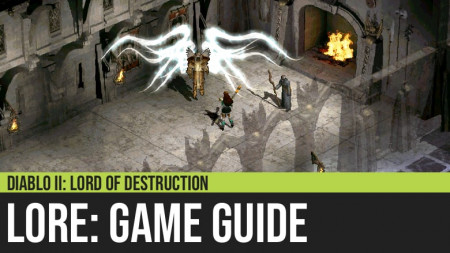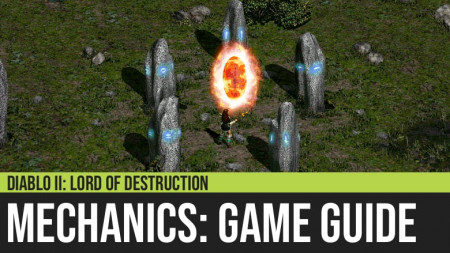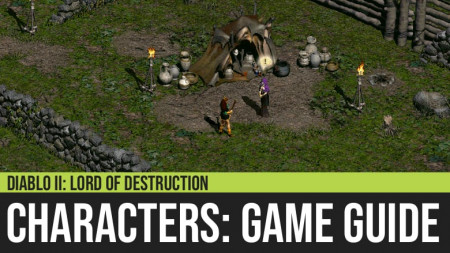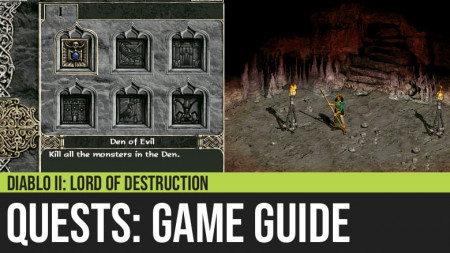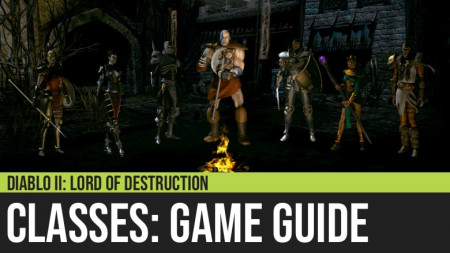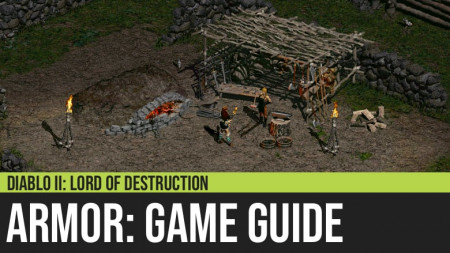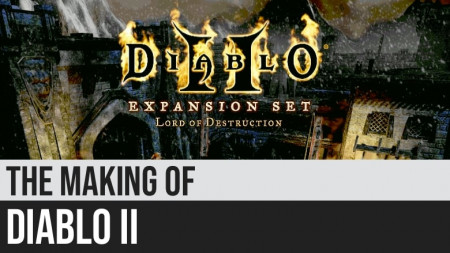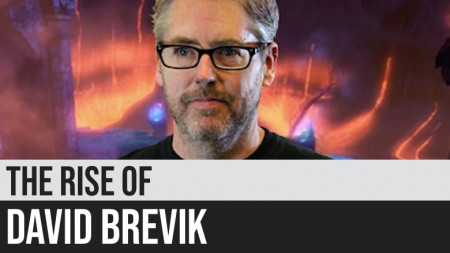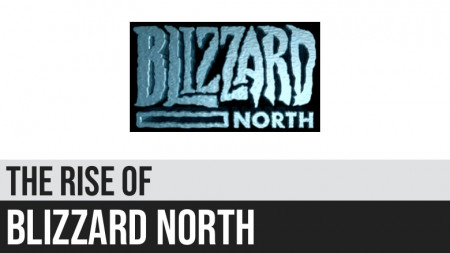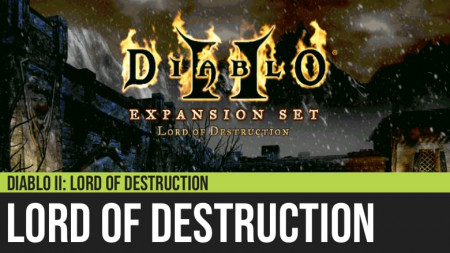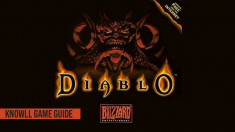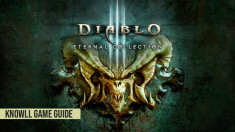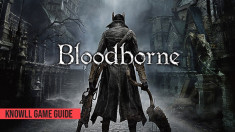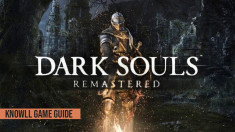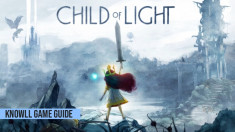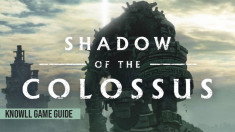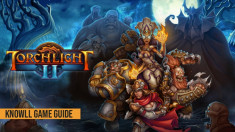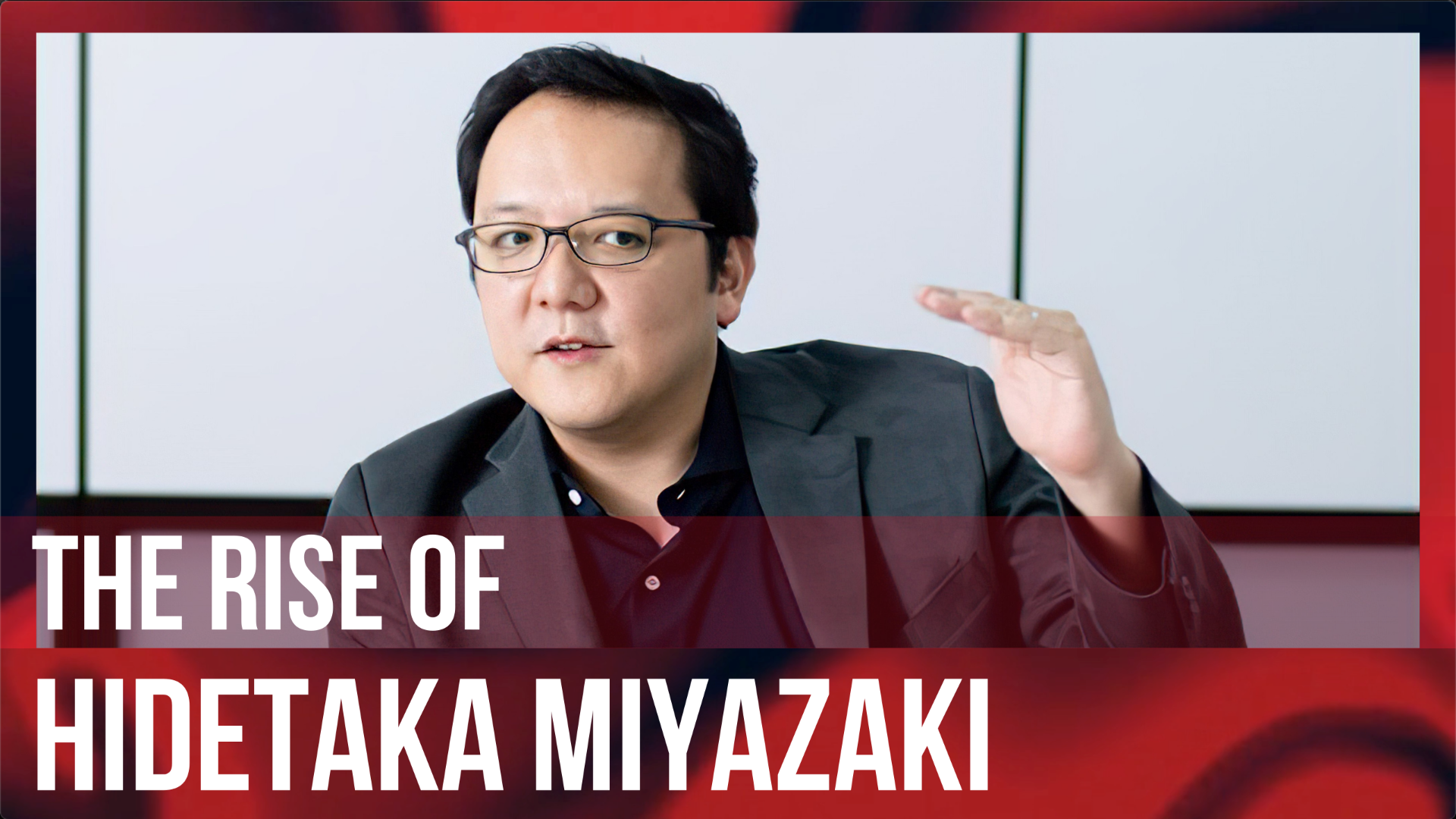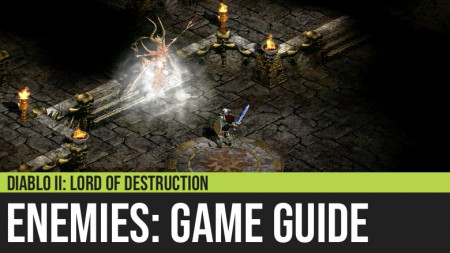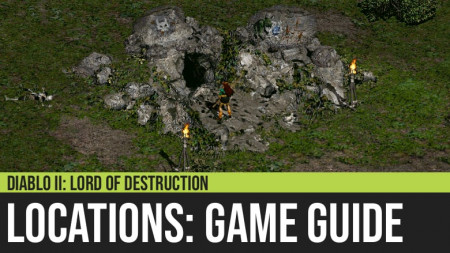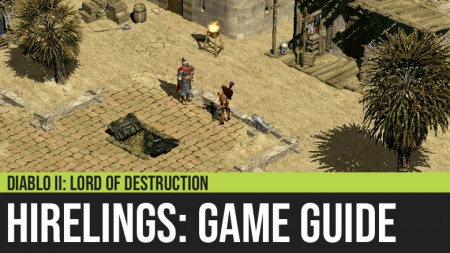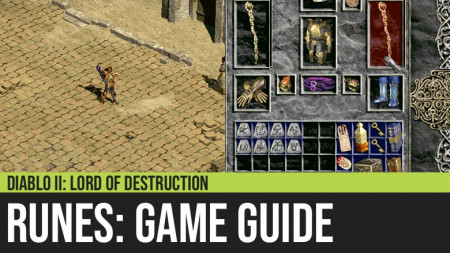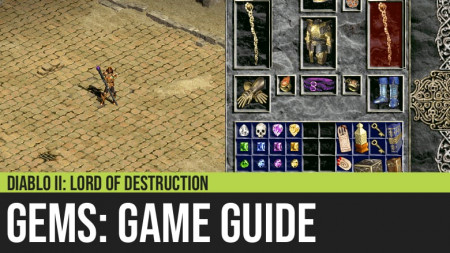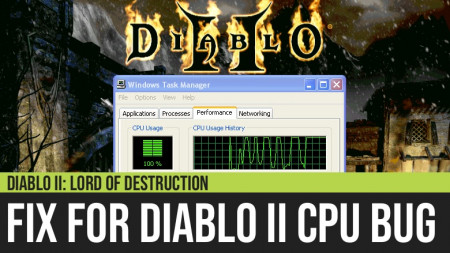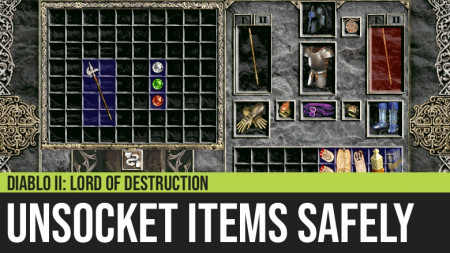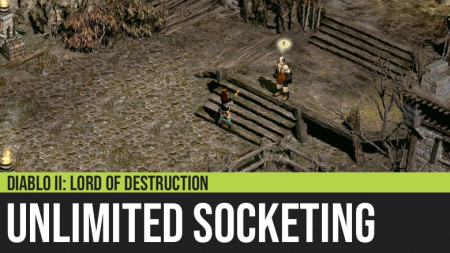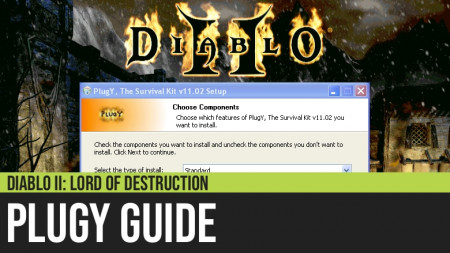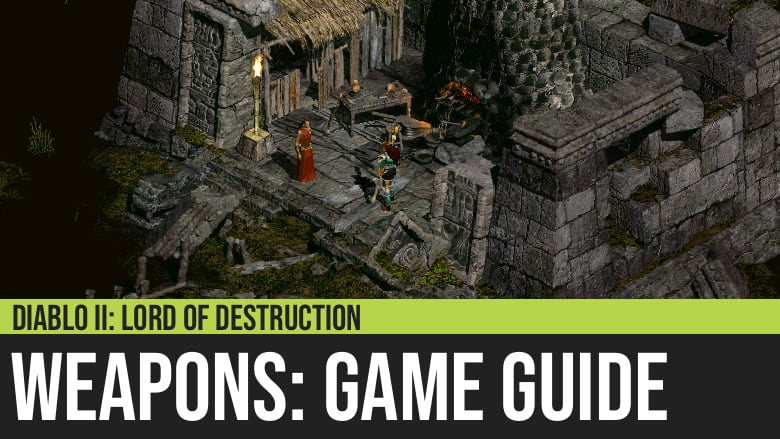
Diablo II: Weapons Guide
Weapons are among the most treasured loot in a collection game like Diablo II. As weapons directly correlate to the fantasy of becoming a powerful game character, knowing their mechanics is a must for an ardent weapon hunter.
Similar to armor, weapons open up the possibility of creating unique, powerful, and fun builds in Diablo II. At a minimum, a good weapon should help you complete the various modes of the game, from Normal, Nightmare, and Hell. When you reach the endgame, hunting for the best weapons will give you hundreds of hours more of playtime.
Weapon Types
There are thirteen types of weapons that you can find in Diablo II. Some of these weapons are best used when matched to the proper class they were designed for. As an example, bows are typically best used by the Amazon class, while staves are best matched for the Sorceress class.
- Axes
- Bows
- Crossbows
- Daggers
- Javelins
- Maces
- Polearms
- Scepters
- Spears
- Staves
- Swords
- Throwing
- Wands
Class-specific Armor
Some weapons can only be used by specific character classes.
- Amazon Weapons
- Assassin Katars
- Sorceress Orbs
Grouping of Weapon Types
It is important to understand and differentiate between weapon Quality Level and Tier Level. It is easier to explain it by example rather than by concept.
Tier Level
Let us consider a specific weapon - a polearm.
The tiers of a polearm, and any other weapon, will always be three:
- Normal - Bardiche, Voulge, Scythe, and more
- Exceptional - Bill, Partizan, Grim Scythe, and more
- Elite - Tresher, Cryptic Axe, Giant Tresher, and more
Tier refers to the grouping of the weapons belonging to the same weapon type, and it's always in three - Normal, Exceptional, Elite.
Quality Level
In the above example, we used the weapon type polearm. Let's continue with quality level using a specific kind of a polearm, say a Voulge.
The quality levels of a Voulge, and any other weapon, will be as follows:
- Low Quality - random name
- Normal - random name
- Superior - random name
- Magic - random name
- Rare - random name
- Set - none
- Unique - Steelgoad
- Crafted - random name
- Runewords - Insight, Infinity, and more
Quality refers to the rarity of a weapon and is independent of its Tier.
Weapon Quality Levels
Weapons in the game are categorized based on their rarity and how they are obtained.
Low Quality
Low quality weapons have a prefix that says:
- Low Quality
- Cracked
- Crude
- Damaged
If you find a weapon like that, then it's better not to use it. Such a weapon has:
- Lower damage output
- Around 75% only of the normal damage
- Lower durability
- Around 33% lower of the normal durability
So if you are thinking of using it as a crafting material for runewords, don't proceed.
Low-quality weapons can't be ethereal, and they can't drop with sockets by default. You can, of course, add sockets to them manually. But as shared above, it will be a waste.
Normal
This the default state of a weapon, as it is neither low quality nor superior.
Superior
Superior quality weapons have a prefix that says Superior. Such items have improved Damage and Durability.
- Durability - +10% to +15% Enhanced Durability
- Damage - improvements in damage
- +5% to +15% Enhanced Damage (or +1 to Maximum Damage)
- +1 to +3 to Attack Rating
Superior weapons can spawn as ethereal. Also, they may have sockets as well, if the weapon type supports sockets. In other words, these are the best candidate as base weapons for runewords.
Magic
Magic quality weapons are always shown in blue text. In addition to their standard attributes, they gain bonus properties that make them better than normal items. Such extra properties appear on the details of the item as prefixes and suffixes.
For example:
- Prefix - Vicious - 31-40% Enhanced Damage
- Suffix - Flame - Adds 1 to (2-5) Fire Damage
Rare
Rare quality weapons are always shown in yellow text. They are similar to Magic items, but they have more bonus properties. These are often upgrades for your character when they drop. You can often get them from slaying the bosses.
Set
Set quality weapons are always shown in green text. In addition to their bonus attributes, they have synergy with other items belonging to the same set. The number of bonus properties increases the more items you wear from the same set. And finally, if you wear all the set items, there is a large bonus plus a magical reward, like a change in the appearance of your character.
Unique
Unique weapons are the best items in the game, excluding some runewords, of course. They are the reason why the loot hunt of Diablo II is exciting. You will typically need to farm act bosses to get these really rare items.
Crafted
Crafted weapons are those created using the Horadric Cube using the various cube recipes. These are not the same as the runewords, though. You can complete the game without using crafted weapons, as they are not really useful in Nightmare or Hell mode.
Runewords
The best and most powerful weapons in the game belong to this group. Runeword weapons are god-tier level, as they enhance your character to a point not possible before. They are very similar to unique weapons, except that you have some control in their creation - giving you the option to choose:
- the base weapon - whether it is normal, exceptional, or elite, and what type of weapon
- the quality of the weapon - whether it is superior or not
- additional attributes - whether it is ethereal or not
It gives you that satisfaction in investing more, if you want, in the creation of your best weapon.
Weapon Durability
Durability is a property of a weapon that reflects how strong it is. It is a quantity that reduces in value when a character performs physical attacks. When it reaches 0, the weapon becomes unusable. This broken weapon needs to be then repaired at any of the town blacksmiths.
- Missile attacks or spells do not reduce weapon durability
- As long as you don't physically attack with your weapon, it will never lose durability
- For example - orb, staff, or wand - just use them for spells
- When your hireling equips a weapon, it does not diminish in durability
- Ethereal items have a durability of (max/2) + 1
- The Zod rune makes an item indestructible by removing the durability counter.
Ethereal Weapons
Ethereal weapons were added in Diablo II during the expansion Lord of Destruction. They follow these game mechanics:
- Ethereal weapons could not be repaired, and they come with decreased durability
- They increase a weapon's damage by 50%
- They decrease the strength and dexterity requirement by 10
- They always come with full durability, though it's half the normal
- They lose durability slower than normal items
- Those with charges could not spawn with full charges, and they have to be recharged through the Horadric Cube.
- They have a dark gray name, similar to socketed items
- They appear translucent when placed in the inventory and when equipped
There are two reasons why Ethereal weapons are valuable for players:
- When equipped on your hireling, the weapon does not lose durability
- When a Zod rune is applied to the weapon, it becomes indestructible
Socketed Weapons
Socketed weapons spawn having sockets by default. Normally you would put sockets on an item using the following two methods:
- Larzuk's quest reward - he will put a socket on your weapon, but one-time use only
- Horadric cube recipe - weapon + perfect amethyst + Ral rune + Amn rune
Finding a socketed weapon is the third method. They always appear having grey text, similar to ethereal items.
Weapon Speeds
Weapon speed is a property that determines how fast a weapon can perform a physical attack. This is different from Cast rate, though, as that determines how fast a weapon can cast a spell.
- Speed is relative to other weapons of the same type.
- You can only compare same-type weapons
- 0 is the base speed
- The higher the number of weapon speed, the slower the weapon.
- Ex: 10, 20
- The lower the number of weapon speed, the faster the weapon.
- Ex: -10, -20
